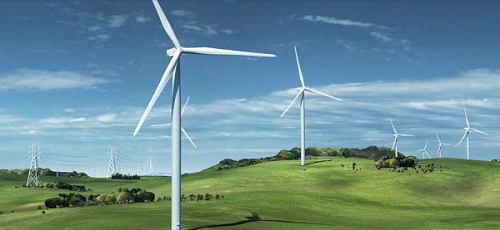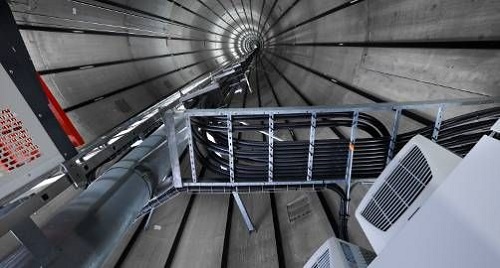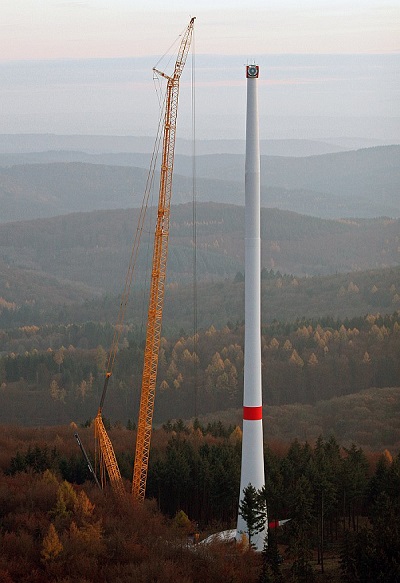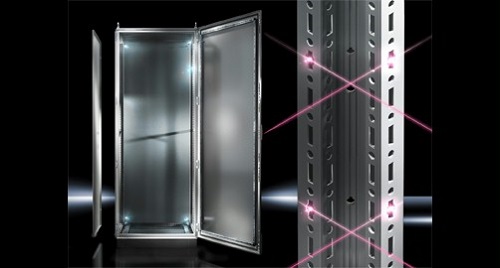Much like the sun and solar power, wind and the energy it creates is proving to be a terrific alternative resource for electricity production.
Nowadays, wind turbines are popping up the world over to capture the mechanical energy of the wind and convert it to clean, useful electricity.

The turbines consist of some very obvious components — a rotor, drive shaft, and gear mechanisms are perhaps most obvious to the layman. What’s unknown is what’s inside the wind turbines; specifically, the converters controllers, safety devices, and communication / monitoring modules housed within the turbine itself that keep it operating on a consistent, reliable schedule.

But being housed within a wind turbine can be a tough experience. You see, these components are subject to strong vibrations and significant temperature fluctuations. That being the case, they need to be housed in an enclosure to protect them from the wear and tear they’d otherwise be subject to.
A good example to draw upon would be the Siegbach wind farm in the heavily wooded Schelder Wald, located in Germany’s central state of Hesse. Here, Nordex provides the farm with enough wind turbines to generate approximately 16 million kilowatt hours of electricity each year, which is enough power for around 6,400 homes.
Most recently, the company added three turbines. The biggest of the three 2.5 megawatt turbines measures 190 meters from the base to the top of the rotor tip.

And protecting the components on the inside of these massive turbines is a series of TS 8 enclosures from Rittal.

The profile design of these enclosures, from their system punchings to their unique flexibility, provides Nordex engineers with a range of advantages, key of which being the ability to configure enclosures on two mounting levels as well as direct baying options; this, in turn, provides some pretty important space saving considerations.
What’s more, due to the aforementioned vibrations experienced within the wind turbine, these enclosures are spring-mounted on rubber bearings and steel beams. This consideration, coupled with an earthquake kit used to reinforce the enclosures, provides an outstanding level of protection of the turbine’s smaller components, which ultimately ensures the Siegbach wind farm keeps on working.
Via Rittal
Advertisement
Learn more about Rittal





